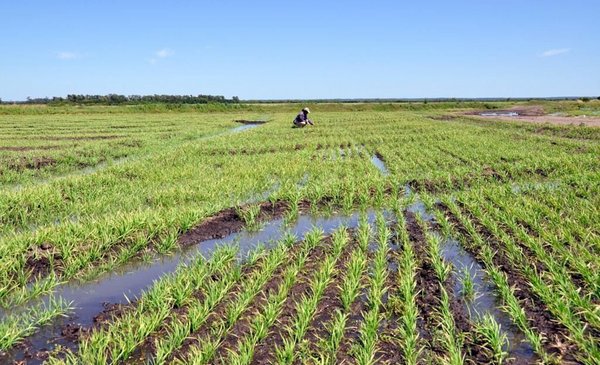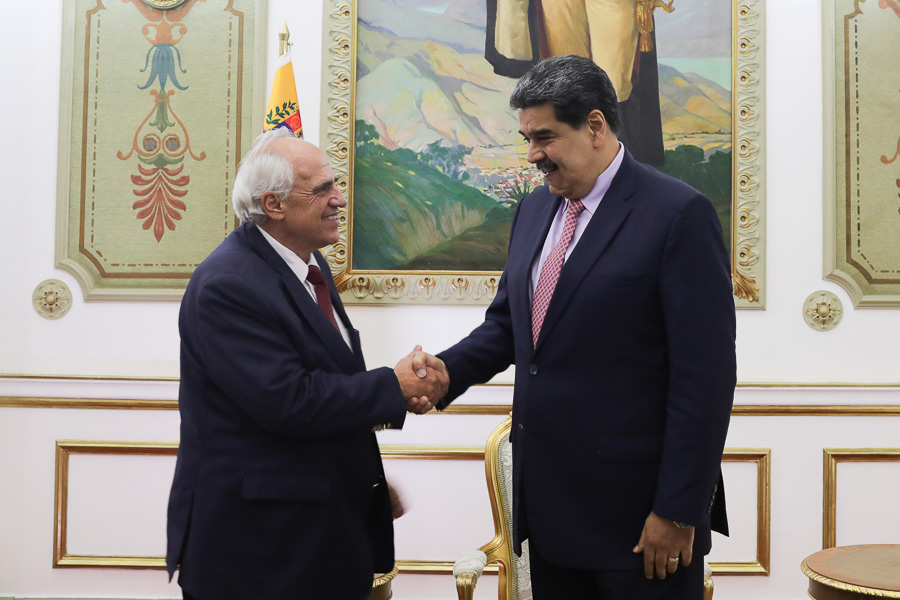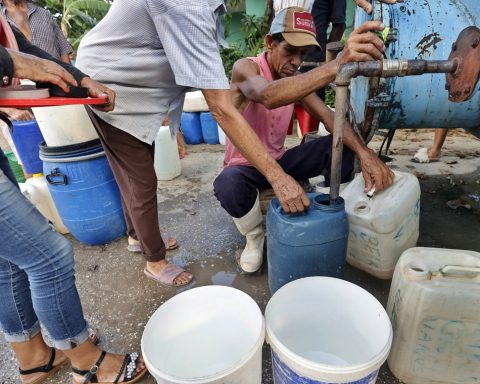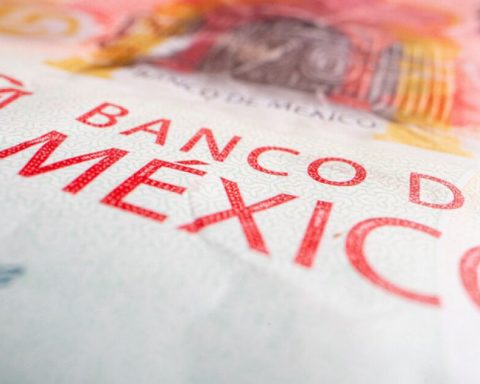The Rice Growers Association (ACA) conveyed to the government and public opinion its “great concern” about the country’s exchange realityconsidering that “the current evolution of the exchange rate affects all of us who are part of the agro-exporting country, which translates into a loss of real competitiveness”.
In a document unanimously approved by the ordinary annual meeting of the rice growers union (this Tuesday, at the INIA’s Thirty-Three Experimental Station), it is pointed out that “difficulties are already hinted at to produce due to the high resulting costs, a fact that is accentuated in the processes that add the most value.”
Alfredo Lago, president of the ACA, remarked to The Observer that “there is an exchange rate delay that has been getting worse with the passing of the months, with a dollar that lost 12% in value so far this yearwith an inflation of 9% Y an increase in dollar costs above 20% and that is obviously strongly affecting competitiveness”.
The union’s statement considers the above in point one, while in a second point it establishes: “In line, we state that the industrial sector participating in the Price Agreement must adapt its cost structure and its operations to take advantage of the commercial flow of paddy rice exports, in such a way that the producer receives the benefit of the value/cost relationship of these businesses in the price to be received for the bag of his rice”.
Lago explained that the loss of competitiveness based on the exchange rate delay is manifested more strongly in the industrial stage, where value is added to the raw material provided by the farmer, since there is a significant weight of costs in pesos, for that reason, it is that the advisability of prioritizing the commercialization of paddy rice is pointed out.
John Samuelle
Paddy rice.
The aforementioned exchange rate delay is an adverse situation that goes hand in hand with a scenario of production costs higher than those of the previous cycle, given that increases in inputs such as fertilizers, agrochemicals and energy had to be faced.
The productive cost was estimated, for the current campaign, at US$2,150 per hectare, some US$200 more than last year.
Better price expected
Regarding the destination of the production, more than 80% of the rice harvested at the beginning of this year has been sold, with upward adjustments in recent months, in a more demanding and toned market.
Although the average price this year is lower than last year, there is a gradual recovery in values, which suggests that when the final price for rice is negotiated with the industry (in February or March 2023) “we will to be able to capitalize on an increase on the provisional price, established at US$ 11.45 per bag of 50 kilos,” said Lago.
For rice from the previous harvest, the final price was US$12.40 per 50-kilo bag of dry, healthy, and clean rice.
In the ordinary annual meeting, other issues were addressed, such as the annual report, accounting issues and the report of the fiscal commission, with approvals of the actions of the executive command, in addition to proceeding to the partial renewal of the union’s board of directors, which, single list through, will continue to be chaired by Lago.

John Samuelle
Production costs increased.
planting that excites
What generates good spirits in the sector is that the sowing of the 2022/23 cycle was carried out in a good way. crop was installed in an area of 159.7 thousand hectares, with a slight drop of 3%in relation to the 164 thousand hectares of the previous cycle.
The work was carried out at an optimal time of the year, almost entirely in October, and what was done in November also happened in the most convenient period.
“In general, there was a good installation of the plants in the farms and there is even an important advance in the management of irrigation, in terms of production so far it has been a very nice year,” said Lago, however, he pointed out that “this has only just begun” and you have to see how things develop until the harvest arrives at the beginning of autumn, for example if there are adequate temperature and light conditions during the summer.
This year, it was estimated, 480 to 490 producers participate in the activitya number similar to that of recent campaigns.

Slight drop in the last rice planting.
the records
The 2021/22 harvest ended in mid-May with the second highest yield in history, 9,250 kilos per hectare, only surpassed by the 2020/21 record (9,400 kilos). In 164 thousand hectares, production reached 1.51 million tons. To appreciate a larger amount, you have to go back to 2010/11 (a record of 1.63 million tons), but with a difference: that volume was largely explained by the area, 195 thousand hectares. The record area was in 1998/99 with 205 thousand hectares.

















